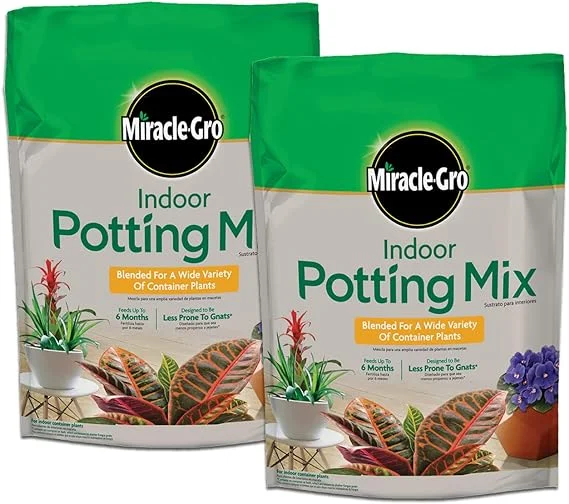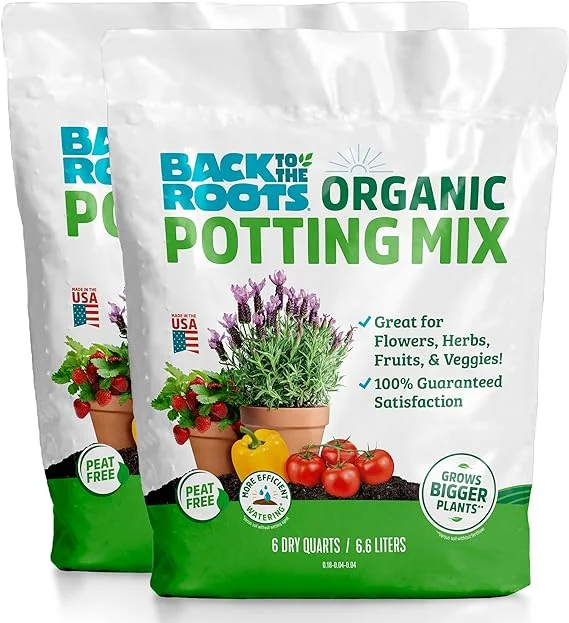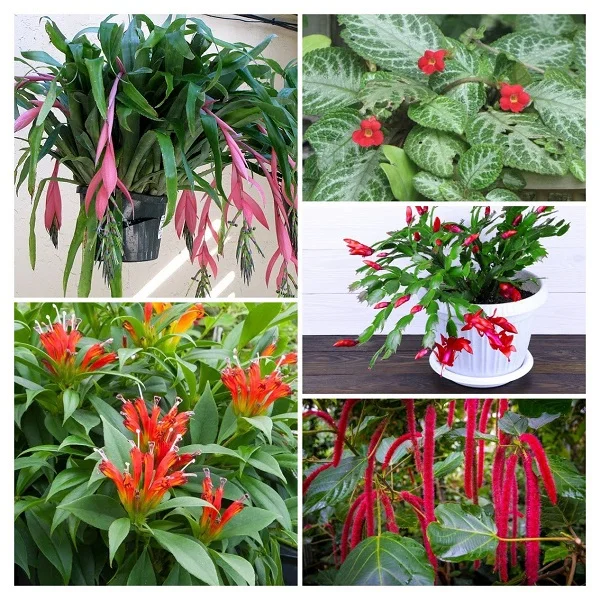Cigar Plant (Cuphea ignea) Indoor Care, Propagation and Common Problems
Some links in this post may be affiliate links
Cigar Plant (Cuphea ignea) thrives in bright light with some sunlight, average warmth and humidity, and moderately moist, fertile, well-drained soil coupled with fortnightly feeding in spring and summer.
Cuphea ignea also called Cigar Flower or Mexican Cigar Plant is among the popular flowering plants and bears a profusion of tubular, cigar-shaped flowers among the smooth narrow 2 inches long leaves.
Mexican Cigar Plant is included the fast-growing plants and reaches its full height in one year. It requires regular pruning to keep it compact and bushy.
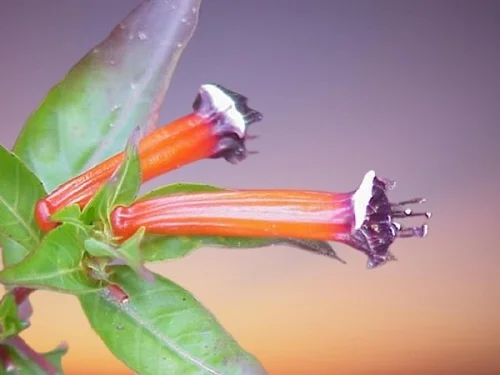
Botanical name: Cuphea ignea
Family: Lythraceae
Common Names: Cigar Plant, Cigar Flower, Mexican Cigar Plant
Origin
Cuphea ignea is a tropical densely branched evergreen shrub native to Mexico and West Indies.
How big does Cuphea ignea get?
Cuphea ignea is a compact plant which grows to a height of 1 ft only placing it among the best plants for small spaces in the home or any other place.
Flower
Cigar Plant flowers come in a profusion, are tubular, cigar-shaped in orange, Pink, Purple, Red, White and Yellow. On account of its magnificent flowers and love for sunshine, Mexican Cigar Plant is one of the best plants for a sunny balcony.
Is Cuphea ignea toxic?
According to Pond Informer, Cigar Plant is not known to have any toxic effects on humans or animals. It is considered as one of the plants that are safe for cats and dogs and you may grow in the home.
Where to Buy
Cigar Plants are a valuable addition to your collection, you may obtain these plants online from Etsy (Link to Etsy).
How to Care for Cuphea ignea Indoors
To care for Cuphea ignea indoors, provide bright light with 4-6 hours of direct sunshine, warmth of 15-260C, humidity of 50-55% and moderately moist, rich, well-drained soil coupled with fortnightly feeding in spring and summer.
Cigar Plant requires regular pruning to keep it neat and tidy as well as promote flowering. Repotting is necessary only when it becomes pot-bound as it blooms best when root-bound. Keep reading for more on these growing conditions and how to achieve them.
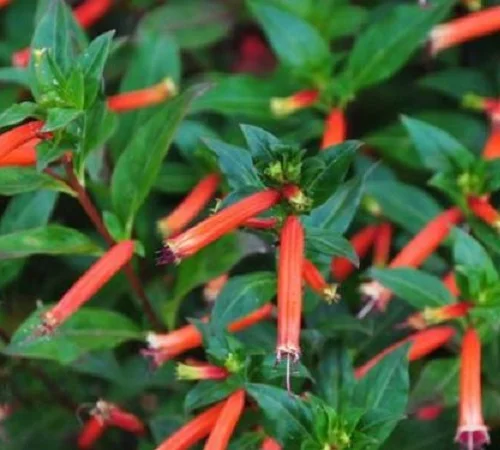
Watering
How often should I water Cuphea ignea?
Water Cuphea ignea liberally in spring and summer while allowing the top 2-3 inches of soil to dry out between waterings. Keep the soil moderately moist and avoid overwatering to prevent rotting, yellowing and leaf loss.
Reduce watering in fall and winter to keep the soil slightly moist since growth is slowed. Do not let the soil dry out completely to avoid wilting, drooping, yellowing and leaf drop.
Use water that is at room temperature to avoid cold shock which can cause stunted growth and leaf loss. Only water with chlorine-free water to prevent staining and browning of leaves.
Make sure that the pot has a drainage hole and the soil is well-draining to prevent waterlogging which can result in root-rot and eventual death of the plant.
Light Requirements
Do Cigar Plants need full sun?
Yes. Cigar Plants grow best in bright light with at least 4-6 hours of direct sunlight. Bright light is necessary for development of the bright leaf color with reddish-purple leaf tips.
If the light is too low, the plant will become stunted, leggy and the leaves will begin to yellow. Therefore, where natural light is not sufficient, you may instal a full spectrum grow light to supplement it.
Rotate the pot regularly to ensure the plant receives light on all sides for uniform growth and prevent legginess.
Temperature & Humidity
Cuphea ignea flourishes in a warmth of 15-260C with a minimum of 100C. Keep it away from sources of drafts like hot air vents, AC units, windy doors, drafty windows and others to prevent sudden changes in temperature which can result in stunted growth, yellowing and leaf drop.
Cigar Plant has no need for extra humidity; a humidity of 50-55% is adequate for this plant. Nonetheless, where the air is too dry, set the pot on a wet pebble tray to raise humidity to prevent browning of leaf tips and edges. Maintain good air flow to minimize occurence of fungal diseases.
Fertilizer
How do you fertilize a Cigar Plant?
Feed Cuphea ignea with a phosphorous-rich, water-soluble fertilizer every 2-3 weeks in spring and summer for lush growth.
Do not feed in fall and winter as growth is minimal and feeding at this time can cause fertilizer burn ( brown leaf tips and edges).
Regularly flush out excess salts by running a stream of water through the soil until it comes out through the drainage holes, allow it to run for at least 10 minutes to clear as much salt as possible.
Potting Soil
Cuphea ignea potting soil should be rich in organic matter and free-draining to prevent it from getting soggy while providing the required nutrients. A blend of 2 parts organic potting mix and 1 part perlite (for drainage) is ideal for this plant.
Repotting
When to repot a Cigar Plant?
Repot Cigar Plant in the beginning of the growing season (spring to early summer), only when pot-bound as it blooms best when slightly pot-bound. Do not repot a plant that is in flower as it can shorten the flowering period.
Use a pot that is only one size larger than the current one. Ensure that the pot has a drainage hole and the soil drains easily to avoid getting soggy as it can lead to root-rot and loss of the plant. Check out these pots with a drainage hole on Amazon.
Pruning & Grooming
How to prune a Cigar Plant?
Pruning Cigar Plant entails removal of dead leaves to maintain the plant neat as well as discourage pests and diseases. Remove spent flowers to encourage it to produce more blooms.
Cutback the straggly stems with a sharp, sterilized knife or pair of scossors at the beginning of the growing season to rejuvenate growth.
Occasionally damp-wipe the leaves with a soft cloth to get rid of dust and discourage pests and diseases infestation.
Cuphea ignea Propagation
Can you propagate a Cigar Plant?
Yes. Cigar Plant is propagated from stem cuttings or by germination of seeds. It is best propagated at the beginning of the growing season (spring to early summer) for faster establishment.
1. Cigar Plant propagation from stem cuttings
- With a sharp, sterilized pruning scissors, take 4-6 inches stem cutting from a healthy plant and strip off the lower leaves.
- Allow the sap to dry and then dip the lower cut-end of the cutting in a rooting hormone to hasten rooting.
- Fill a small pot with well-draining potting mix and make a hole in the center. Ensure that the hole is slightly wider than the base of the stem cutting.
- Insert 2-3 inches of the lower cut-end of the cuttings in the previously made hole and lightly firm the soil around the stem cutting while taking care not to bury it too deep.
- Cover the set up with a clear plastic sheet to create a warm, humid environment to promote rooting. Ensure the leaves of the cutting do not touch bag too much by propping it up with sticks.
- Place the set up in a warm, well-lit spot away from direct sunlight and maintain the soil moist through out until new growth emerges. New growth indicates the cutting has rooted.
- Gradually over a period of two weeks, remove the plastic bag cover to acclimatize the new plant to ordinary growing conditions after which you can begin routine care.
2. Cigar Plant propagation from seeds
- Spread the seeds evenly on moist, free-draining soil and slightly cover with some soil.
- Cover the set up with a clear plastic sheet to create a greenhouse effect.
- Position the set up in a warm, brightly-lit place away from direct sunlight.
- Keep the soil moist through out by gently misting the soil surface until when the seeds germinate.
- Gradually over a period of two weeks, remove the plastic bag cover to acclimatize the new plant to ordinary growing conditions.
- Transplant the seedlings into individual pots when they are well established. For a fuller plant, transplant several seedlings into one pot.
- Place the seedlings in a warm, well-lit place away from direct sunlight.
- Maintain the soil moist until new growth emerges and the new plants are well established after which you can begin routine care.
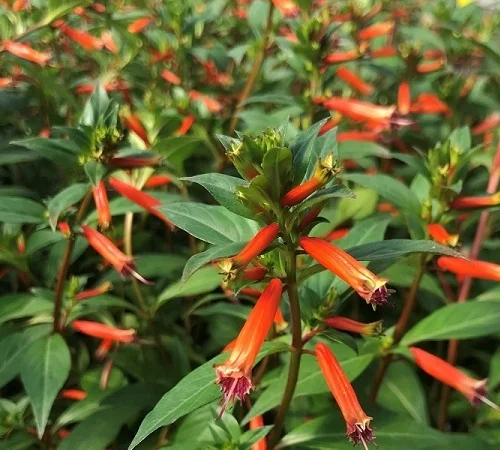
Cuphea ignea Problems & Solutions
What are common Cigar Plant problems?
Cigar Plant common problems are brown leaves, yellow leaves, lack of blooms, leaf drop, pests and diseases among others. Keep reading for more on these problems and how to fix them.
Brown leaves
Why are the leaves on my Cuphea ignea turning brown?
The main causes of brown leaves on your Cuphea ignea are underwatering, extreme temperatures, and fertilizer burn.
How to fix it
Underwatering: Do not water on a schedule. Water when the top 2-3 inches of soil feels dry to touch.
Extreme temperatures: Keep the plant away from sources of drafts like windy doors, heat sources, AC units, hot air vents among others.
Salts buildup: Avoid too much fertilizer and do not feed in fall and winter. Flush out excess chemicals from the soil.
Yellow leaves
Why are my Cuphea ignea leaves turning yellow?
Some of the causes of yellow leaves on your Cuphea ignea are too little light, soggy soil, inconsistent watering, drafts, nutrients deficiency or aging.
How to fix it
Too little light: Position the plant in bright light with 4-6 hours of sunlight or use a grow light if you do not have adequate light in your home.
Soggy soil: Use well-draining soil and a pot with a drainage hole.
Inconsistent watering: Water when the top 2-3 inches of soil feel dry to the touch but do not allow the soil to dry out completely.
Drafts: Keep the plant away from sources of drafts like hot air vents, AC units, hot surfaces, windy doors among others.
Nutrients deficiency: Feed the plant every 2-3 weeks in spring and summer with a phosphorous-rich, water-soluble fertilizer.
Aging: This is a natural process. As the lower leaves mature, they turn yellow, brown and eventually die.
Lack of blooms
Why isn't my Cigar Plant blooming?
Your Cigar Plant is not blooming due to is too little light, inconsistent watering, soggy soil, dry air, nutrients deficiency or temperature stress.
How to get Cigar Plant to bloom?
Too little light: Position the plant in a brighter spot where it will receive bright light with 4-6 hours of direct sunlight or instal a full spectrum grow light if the natural light is not sufficient.
Inconsistent watering: Water when the top 2-3 inches of soil feel dry to the touch but do not allow the soil to dry out completely.
Soggy soil: Use a pot with a drainage hole and fast-draining soil.
Dry air: Set the pot on a wet pebble tray, use a cool mist humidifier or group the plants together to increase humidity.
Nutrients deficiency: Feed the plant with a phosphorous-rich, water-soluble fertilizer every 2-3 weeks in fall and summer but do not feed it in fall and winter.
Temperature stress: Keep the plant away from drafts like hot air vents, AC units, hot surfaces, windy doors among others.
Leaf drop
Leaf drop on Cigar Plants is caused by inconsistent watering, soggy soil, drafts, use of cold water or low humidity.
How to fix it
Inconsistent watering: Water when the top 2-3 inches dry out. Do not water on a schedule.
Soggy soil: Use a pot with a drainage hole and well-draining soil.
Drafts: Keep the plant away from sources of drafts like AC units, heat sources, stoves, windy doors and windows among others.
Use of cold water: Use water that is at room temperature.
Low humidity: Group the plants together, use a humidifier or set the pot on a wet pebble tray.
Pests
Common pests on Cigar Plants are thrips and aphids especially in dry, stuffy conditions.
How to fix it
- Isolate the affected plant to prevent spread to other plants.
- Treat the plant with a horticultural oil as per the manufacturer's recommendations.
- Regularly check underneath and between the leaves for these pests and carry out timely control measures.
- Maintain the plant well pruned and elevate humidity to minimize the pest infestations.
Diseases
Cigar Plants are prone to the following two diseases:
1. Root-rot disease which is brought about by soggy soil.
How to fix it
- Carefully slip the plant out of its pot and inspect the roots; brown-black mushy roots indicate root-rot.
- Trim the rotten roots and treat the healthy roots with a copper-based fungicidal solution as indicated by the manufacturer.
- Repot the plant in fresh soil and a fresh pot. Use a pot with a drainage hole and well-draining soil to prevent it from getting soggy.
- Place the plant in bright light and stop watering for a few days to give the plant enough time to recover.
2. Leaf spot disease which is characterized by brown, moist spots on the foliage. In a serious attack the spots can enlarge and merge, killing the whole leaf.
How to fix it
- Isolate the affected plant to minimize spread to the other plants.
- Treat the affected plant with neem oil as per the manufacturers' instructions.
- Maintain free air flow to discourage the diseases.
- Water from the bottom to avoid wetting the leaves.
- Use a pot with a drainage hole and a fast-draining soil to prevent it from getting soggy.
You liked it? Share on social media.
Related Content
Amazon Associates Disclosure
Homeplantsguide.com is a participant in the Amazon Services LLC Associates Program, an affiliate advertising program designed to provide a means for sites to earn advertising fees by advertising and linking to amazon.com.

